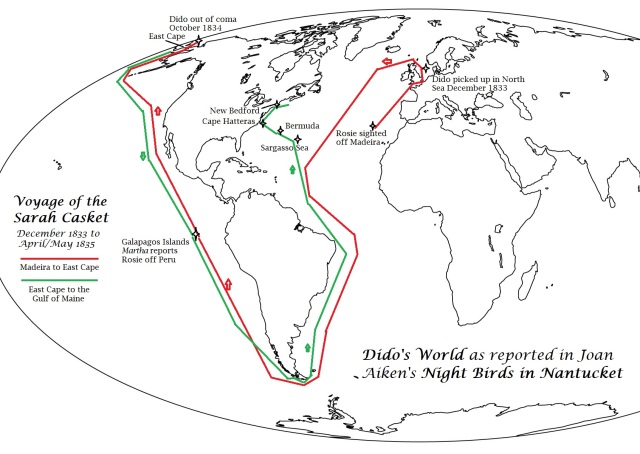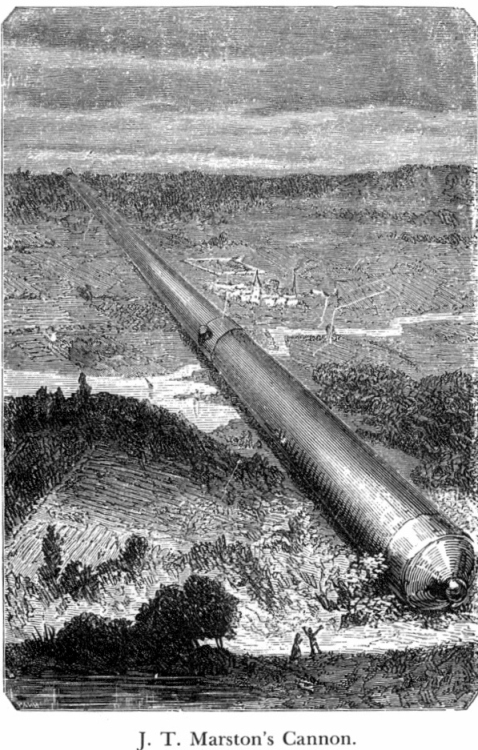
Otto Coontz: The Shapeshifters
First published as Isle of the Shapeshifters
Magnet/Methuen Teens 1988 (1983)
The Great Northern Diver, also known as the Common Loon, has a piercing call rather like a crazed laugh, which has given rise to the saying as crazy as a loon. It’s also a creature of three elements — water, earth and sky — while a distinctive band around its neck gave rise to the Native American legend of the Loon’s Necklace made of shells. The Loon even features on Canda’s dollar coin. All of which helps to explain why this diving bird holds great significance in this fantasy set on Nantucket Island off mainland Massachusetts.
Theda Benedict’s father and stepmother are involved in a popular tv series — he’s the scriptwriter, she the principal star — and they have been invited to Nantucket during June to meet some fans. Theda (‘Theo’ to her friends) has begun her holidays and so is able to travel with them to the island, only to discover that she feels a connection with the place even though she’s never been there before.
The invitation, it turns out, is anything but fortuitous, and is merely a prelude to conflict and disturbances that will affect everyone living on the island. Issues surrounding corporate development, environmental concerns and past injustices build gradually to a climax that almost everyone is unprepared for: for Theo, this appears to be connected with the well in Witch Wood, for everyone else all four elements seem to conspire against them.




 In a
In a 